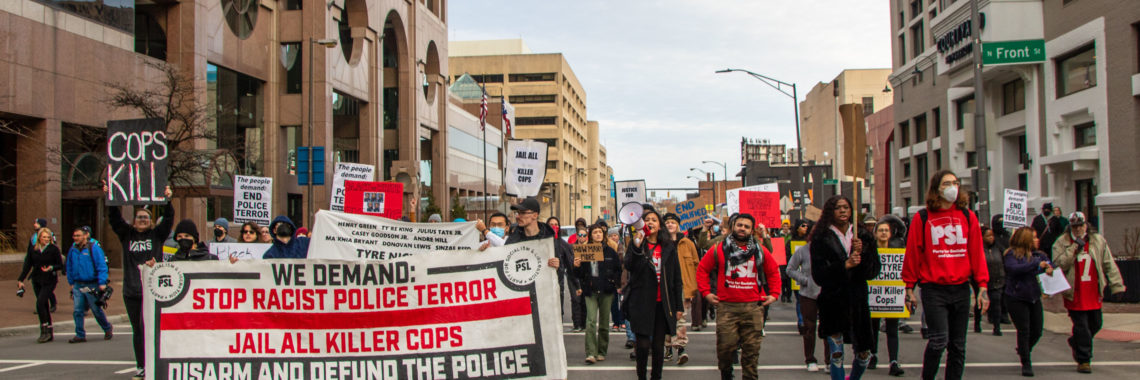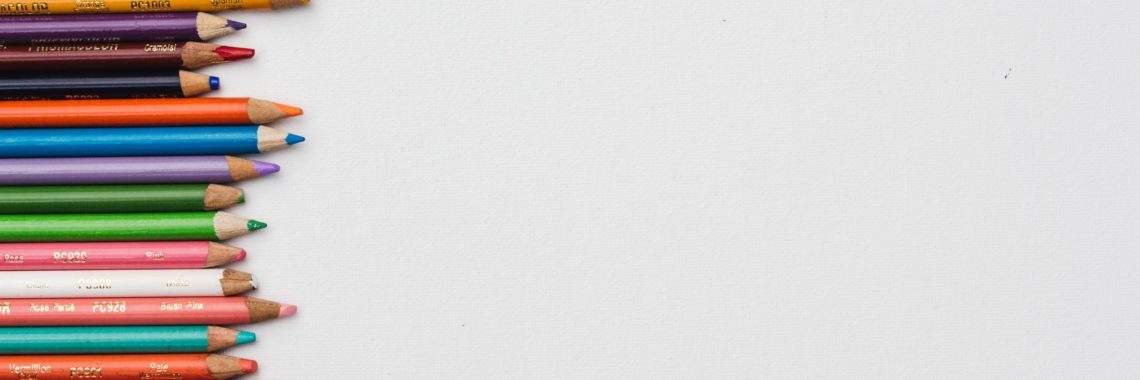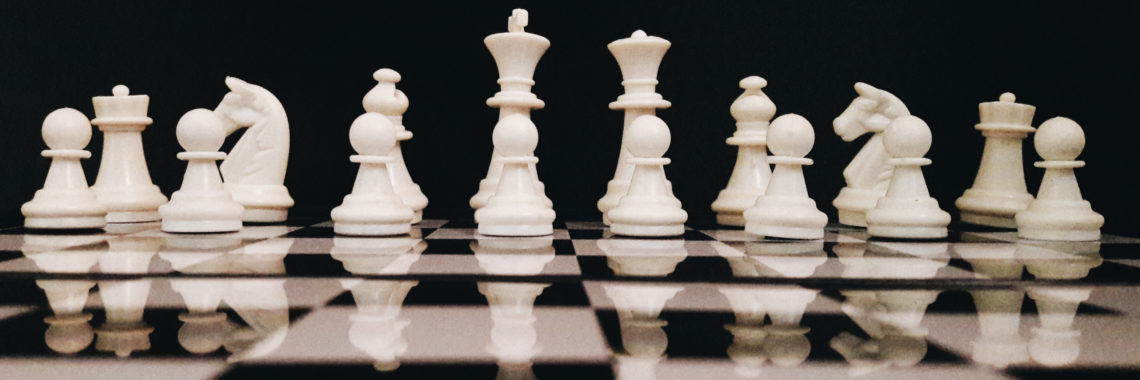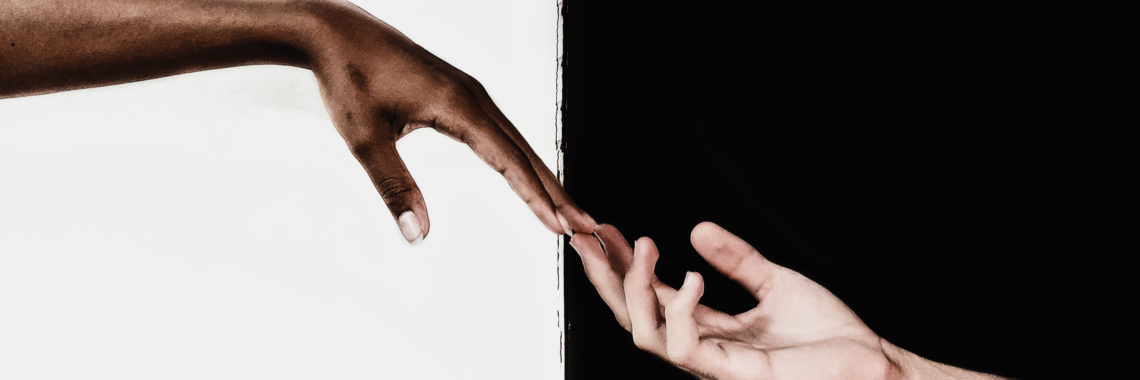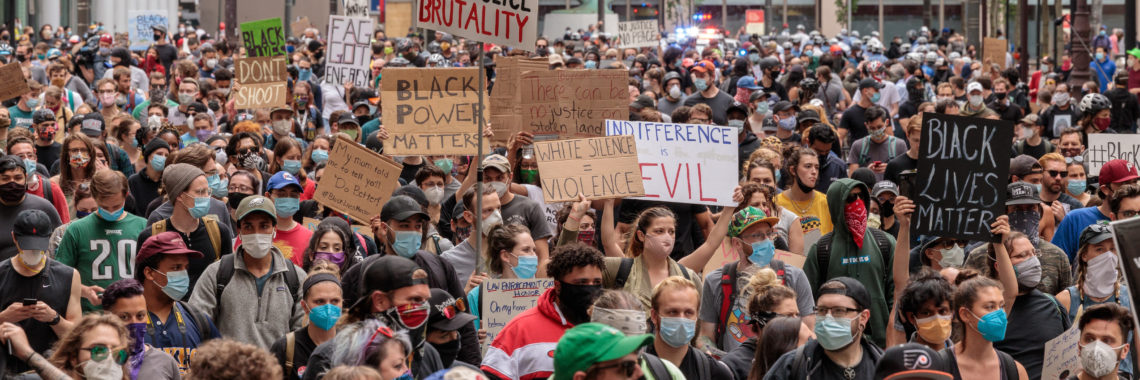“The Black Police Officer in the US: An Analysis of Tyre Nichols’ Death” by George Walters-Sleyon
“Tyre Nichols protest from January 29, 2023 at the Ohio State House in Columbus” by Becker1999 (CC BY 2.0). This article argues that the death of Tyre Nichols, a 29-year-old Black man in Memphis, Tennessee, at the hands of five Black police officers (Tadarrius Bean, Demetrius Haley, Emmitt Martin III, Desmond Mills Jr., and Justin…


